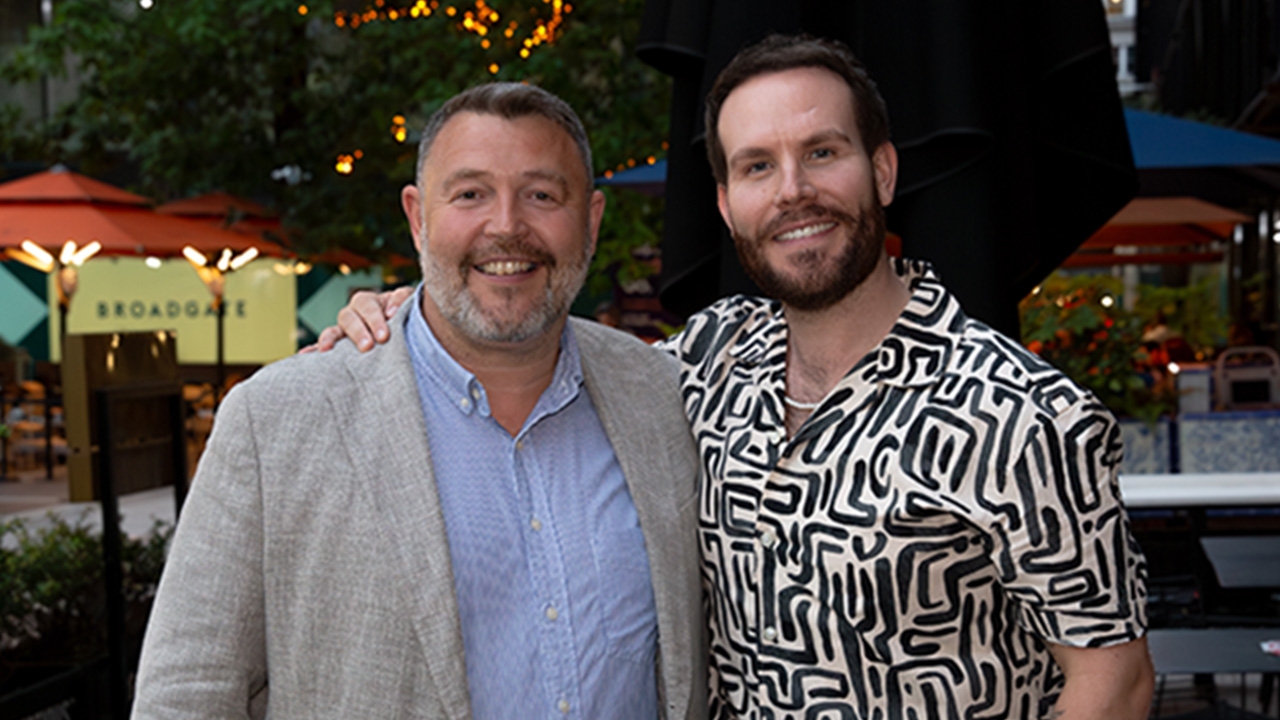Cost is main barrier to sustainable packaging says recent survey
Most respondents identified price as a significant challenge in developing sustainable packaging.

Robert Taylor, sustainability director at UPM and Adam Ryan, head of Pentawards
UPM has released the findings from a survey conducted in collaboration with the Pentawards, targeting some of the world's leading packaging designers. Most respondents identified price as a significant challenge in developing sustainable packaging.
The survey results show that while the majority (47 percent) of the designer respondents feel extremely comfortable handling briefs that include sustainability requirements, 43 percent of packaging designers would prefer more direction or information to feel fully comfortable when dealing with these briefs. This highlights a need for further education on how to incorporate sustainability into packaging design, with most respondents (35 percent) suggesting material guides would be the most beneficial.
Further findings reveal that 57 percent of the designer respondents believe they always or often can impact the material choice of a product. However, 20 percent say they seldom do, and 17 percent almost never, which suggests some clients may not have yet realized the value of exploring alternative and more sustainable packaging.
Despite many packaging designers striving to develop more sustainable packaging, price was highlighted as a key challenge by the majority of those surveyed. Although many of the designers acknowledged the importance of using sustainable materials for innovative packaging, the cost frequently deterred their clients, leading many to choose the cheapest option instead.
One respondent stated: ‘Everyone wants to be green until they see that being green is usually more expensive.’ While another noted: ‘I think the production end, or the manufacturers are not yet completely ready for this kind of change.’
Robert Taylor, sustainability director at UPM and member of the Pentawards jury, used a speaker opportunity at a recent Pentawards Meets closed event to discuss the findings in detail and address these challenges to help support designers and further drive sustainable innovation.
‘While cost has been highlighted as a barrier to embracing sustainable packaging design, it’s important to take a moment to consider what is the true cost of not doing so,’ said Taylor. ‘We need a holistic approach that considers the value creation potential in a market that is growing twice as fast for sustainable products. This is especially key as the impact of new regulation and green finance kicks in, with carbon taxes, plastics taxes and Extended Producer Responsibility (EPR) fees just a few examples. Reducing packaging is one of the most effective ways to reduce impact and cost. Using less raw material, water and energy and generating less waste or having a more effective supply chains brings savings and reduces the environmental footprint.
‘As an industry, we need to understand the true cost of sustainable packaging design and embrace innovations that will help us meet the ambitious environmental targets set. We are faced with more climate, biodiversity and water crises across the globe every day but with only 15 percent of the Sustainable Development Goals (SDGs) on track to meet their target levels by 2030, not taking action towards improving sustainable packaging is simply not an option. We need to move forward faster.’
Adam Ryan, head of Pentawards, commented: ‘We’ve had some really interesting insights from the survey with UPM, our community was open in sharing challenges, improvements and their ways of working in sustainable design. It’s great to see that brands and agencies are now so willing to share insights and learnings which benefits the industry as a whole. Sustainability in design is continuously developing and it’s so important that we at Pentawards are part of this.’
Stay up to date
Subscribe to the free Label News newsletter and receive the latest content every week. We'll never share your email address.

